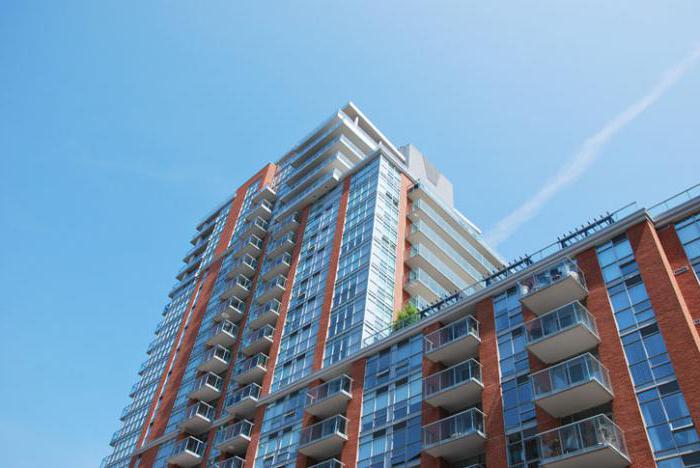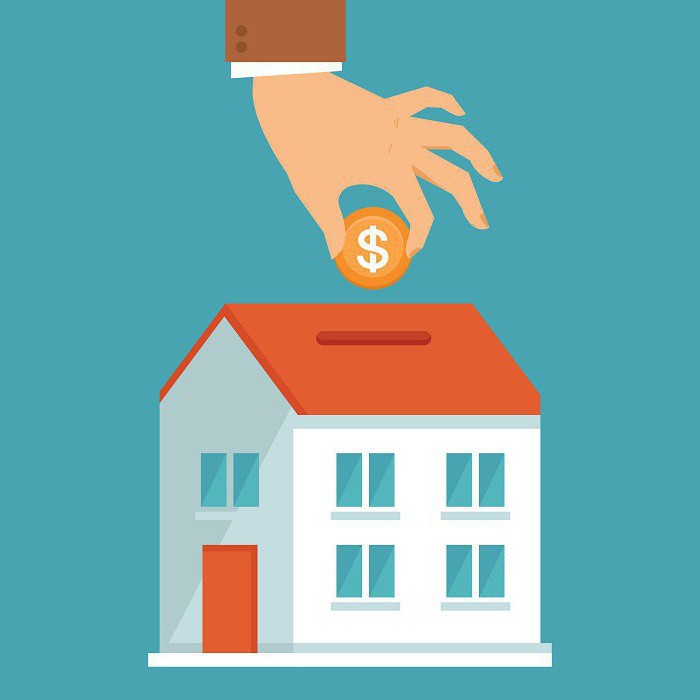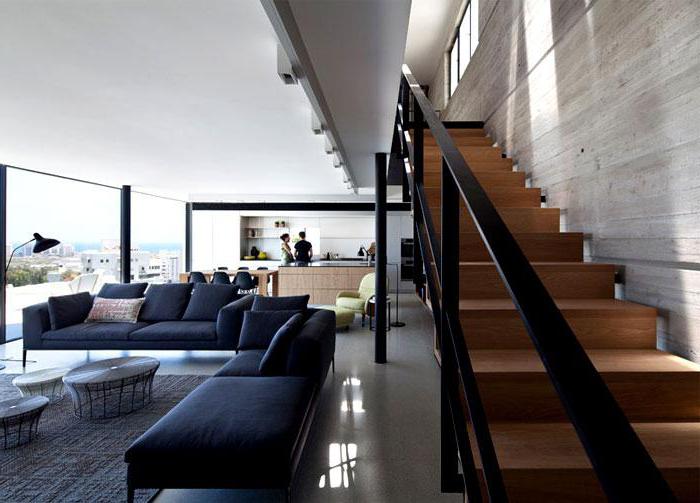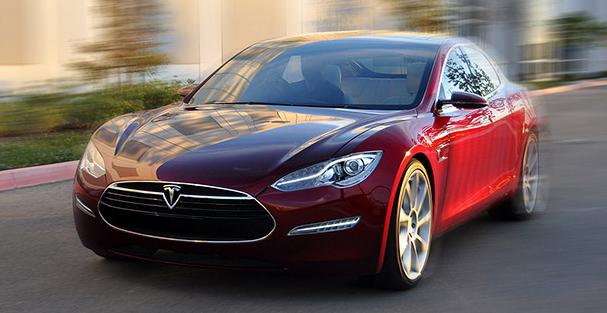Common areas of non-residential premises
Common areas are commonproperty belonging to the owners of a residential apartment building, as well as non-residential buildings. They include rooms that are not part of the apartments or offices, and are available for stay, visits and use by the public. Restrictions on access to such areas can only take place when certain hours are set for this. A similar decision is made by a different sign that does not conflict with the freedoms and rights of the individual or a group of people.
What does the Housing Code say?
According to the current legislation, common areas in residential buildings are common household property.

Its list includes:
- The land on which the house was erected. They also include objects of improvement on them, as well as those that are specially created for servicing housing.
- Roofs and structures that perform fencing and bearing functions.
- Equipment installed for the purpose of servicing apartments.
- Other types of premises that are not the individual property of citizens, used for social and domestic needs.
- Premises necessary for servicing tenants and apartments (staircases with elevators).
Multi-storey residential building
Public spaces in the building in whichthere are people, are determined by the state or the self-governing body, proceeding from the structural features of the premises. What is the purpose of this procedure? It is necessary to fulfill the responsibilities for the maintenance of property, control over its proper content, as well as for the competitive selection of organizations that will manage the facility.

1. Premises for various purposes located inside the house, but not positioned as constructive elements of the construction of apartments, as well as their geometry. Such common areas are intended for servicing not only the house, but also its tenants (more than one).
2. Areas where the passage to the housing is carried out, as well as to the exit from the entrance, elevators, staircases, and elevator shafts.
3. Techno-operational and attic floors.
4. Built-in garages, located under the house in the basement, or decorated as a part of the immovable object.
5. Equipment designed to service tenants (more than one), as well as additional service areas inside the building that are involved in servicing such equipment.
6. Boiler, as well as other specialized office space.
7. Fences or fences.
8. House roof.
9. Bearing elements of the building that are in places for mass use.
10. Fencing objects inside the house (stair rails, parapets, etc.).
11. Doors and windows in rooms intended for public use.
12. Mechanisms and adaptations necessary to satisfy people in the light, warmth and other blessings of civilization.
How to describe briefly the places of common use inan apartment house? What is included in their list? It contains everything that is located on the territory of the house and performs the task of creating comfortable conditions for its residents.
Features of common property
For places intended for use by different people, a number of features are characteristic, namely:
- the need to use several or all rooms in the house;
- consideration in the form of a single object;
- performance of service functions.
Payments
What is the reason that public placesstand out in a separate category? This is necessary to pay for their operation. Today tenants of apartment buildings are forced to contribute money for common use in a multi-apartment building. What is included (the hostel does not count according to this scheme) in the receipt for utilities? This includes coverage of places intended for public use. Earlier there was no such line in the receipt.

In the accounts for lighting of such premises is the payment for:
- power losses caused by imperfections in the wiring;
- light in the entrance;
- food for a specialized means of communication (doorphone), which serves to prevent unauthorized access to the entrance;
- the established amplifier to the television aerial, which all tenants of the house can use;
- lighting of basements and attics.
Suppose there is a collectivecounter. It takes into account the electricity expended in public places. Indications of such a device in kilowatts should be divided into all equity participants of collective real estate. Accounting is conducted according to the number of citizens who are registered in this house on the right of personal property.
Features of communal housing
Staying in one apartment with neighbors who are completely outsiders can hardly be comfortable. After all, each person has his own habits and a certain daily way of life.

Life in a communal apartment is a constant quarrel overnoise, various trifles, and also because of public places. Even for adults it is difficult to inspire the idea that you just need to respect each other and observe certain agreements.
Places available to all residents
The one who lives in a multi-residential apartment,has the same right with its neighbors to use the corridor and kitchen, toilet, hallway and bathroom. All these are common areas in a communal apartment. According to the general rule, tenants have the right to occupy furniture or other property part of the above listed premises according to their share of ownership.
How are public spaces used incommunal apartment? The legislation does not contain a definition of this procedure. What to do with the disputes arising between the tenants? In such cases, issues are resolved in court.
Repairs
In what cases is a multi-residential apartmentneeds construction work? The need for repair is established by representatives of those organizations that serve the house or run it. This conclusion can make and invited experts, caused by tenants of the apartment. After drawing up the act of inspection, a final decision is made. If it is positive, then the next step is to compile an estimate.
Payment for repair work is done by residents. However, people are not always ready to contribute money for improving the common use space in a non-residential space. Judicial practice shows that if neighbors refuse to pay, you can take these expenses for yourself. Reimbursement of costs can be obtained a little later. To do this, you will need to file the relevant documents with the court. After making a positive decision, the money will return to your wallet. Repair at the same time will be done on time, providing an aesthetic pleasure.
Non-residential buildings
The places of common use exist not only inhouses inhabited by people. There are also in various commercial and administrative centers, houses of everyday life and other buildings, where shops, offices and warehouses are located.

Are public spaces in a non-residential building owned by someone? Sometimes such premises are the property of the municipality, which transfers them to enterprises on the rights of economic management.
Multi-subjectness of relations
Who uses public spaces in a non-residential building? The answer to this question is not easy. The fact is that in the management of nonresidential funds there is a multi-subjectivity of relations.

The main users of such a building are:
- tenants;
- directly owners;
- Credit organizations (banks and so on);
- unitary enterprises;
- municipalities.
Owner Relations
How are common areas used in a non-residential building? The definition of the legality of certain relations of owners at the moment is a complex and as yet developing institution.

In addition, the presentthe practice of shared construction of buildings that have a non-residential purpose leads to the emergence of a huge number of owners. Their number is constantly growing in already existing buildings. To date, the owner's attitude has become beyond the scope of civil turnover. That is why this problem requires additional attention from the legislature.
Shared facilities
If an individual or legal entityhas in its ownership a separate premise in a non-residential building, in any case it will own a certain share of the total property located on the territory of the structure. What does this category include? The common property in the non-residential building is:
- premises necessary for servicing more than 1 building space;
- staircases;
- Lounges;
- stairs;
- elevator and other mines;
- corridors;
- technical floors;
- attics;
- Roofs;
- Cellars with engineering equipment located in them;
- non-bearing and bearing structures;
- Various kinds of equipment.
The right to shared ownership of public placesof the use belongs to those legal entities and individuals who purchased one or more premises in the building. At the same time, there must be a document certifying registration in the real estate registry.
ГК the Russian Federation in item 1 of item.247 indicates that the use and ownership of property in shared ownership is possible only by agreement with each of its participants. And if the parties did not reach a consensus? In such cases, this or that issue can be examined in court. When making a decision, the court proceeds from the real possibility of lawful compliance by the owners with sanitary and epidemiological and fire safety standards. There must also be a balance of economic interests of each of the parties.
After determining the order of use and ownershipcommon property of a non-residential building between owners arise obligatory legal relationship. In this case, each of their participants has the right to legal requirements for the fulfillment of certain conditions.
Between owners of premises in a non-residential buildingthere is a special legal regime. Each of the parties needs to serve more than one room. The court has the right to determine the schedule and frequency of use of such places, as well as their maintenance.
</ p>>



